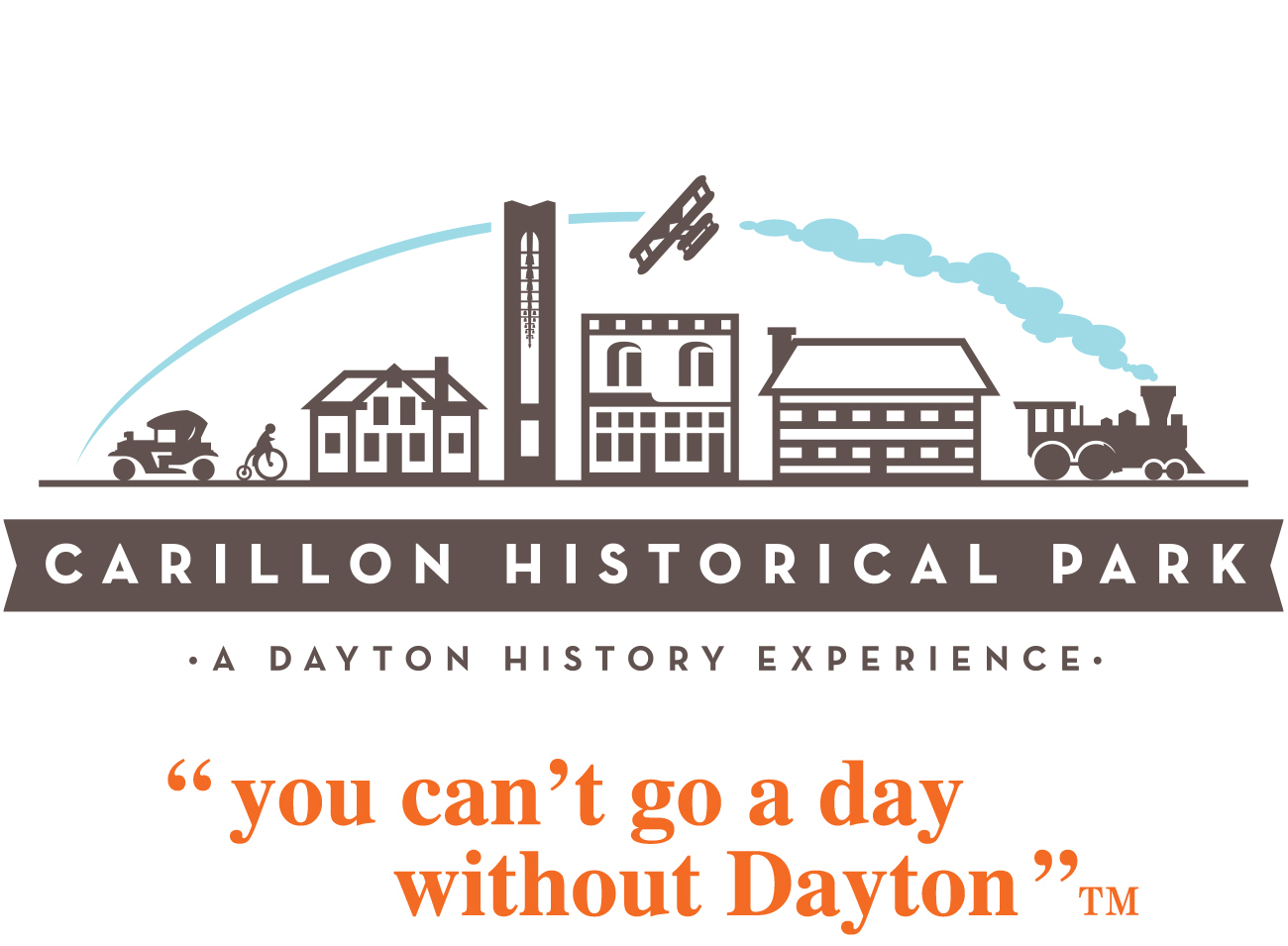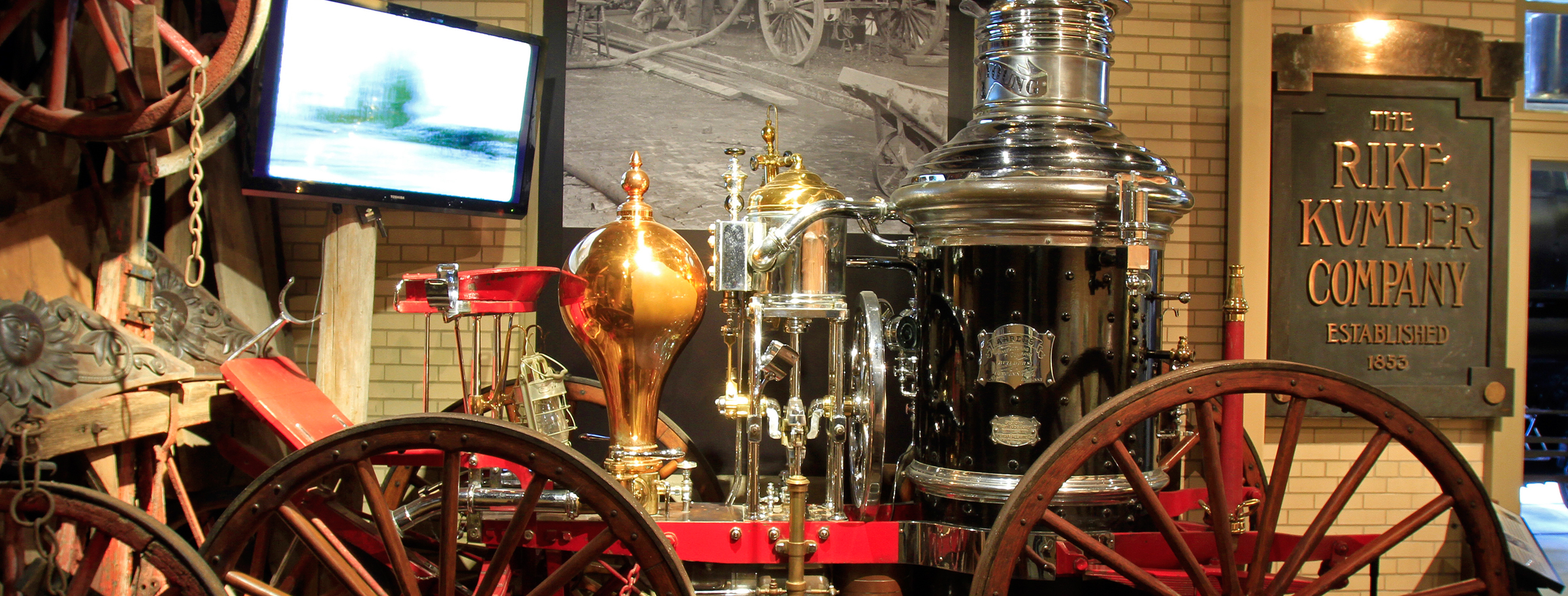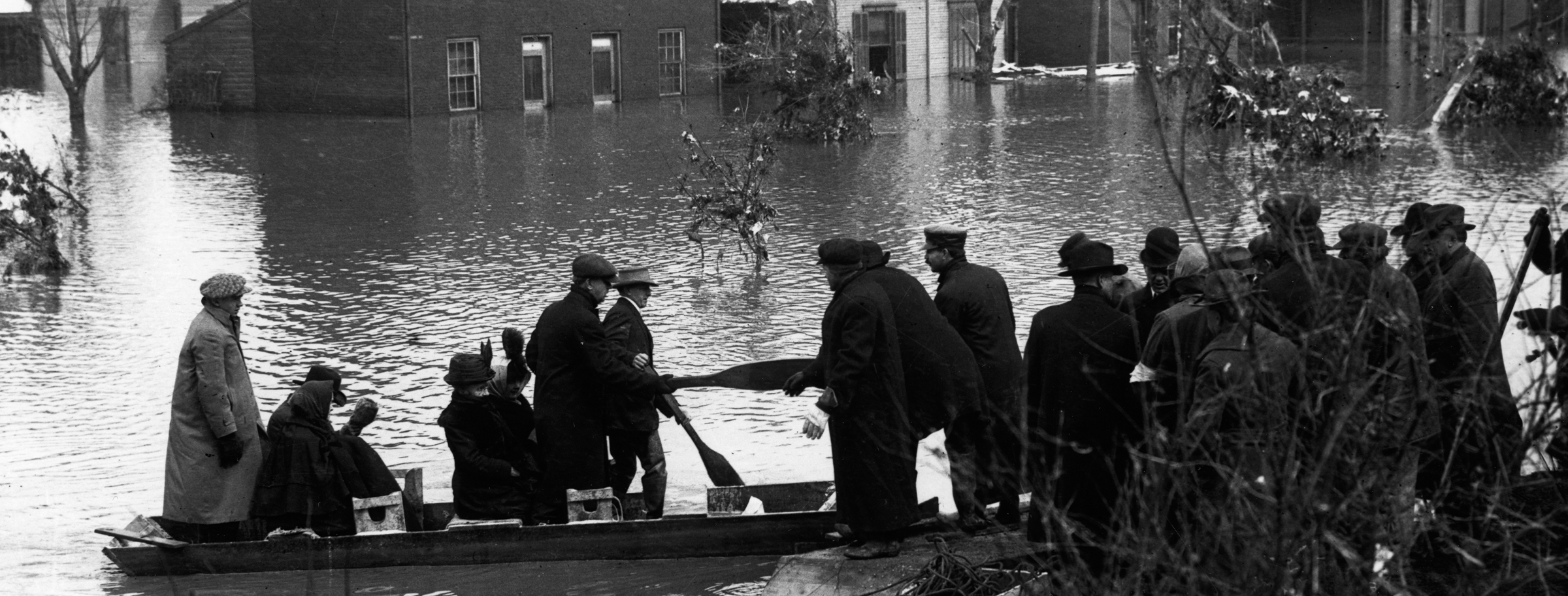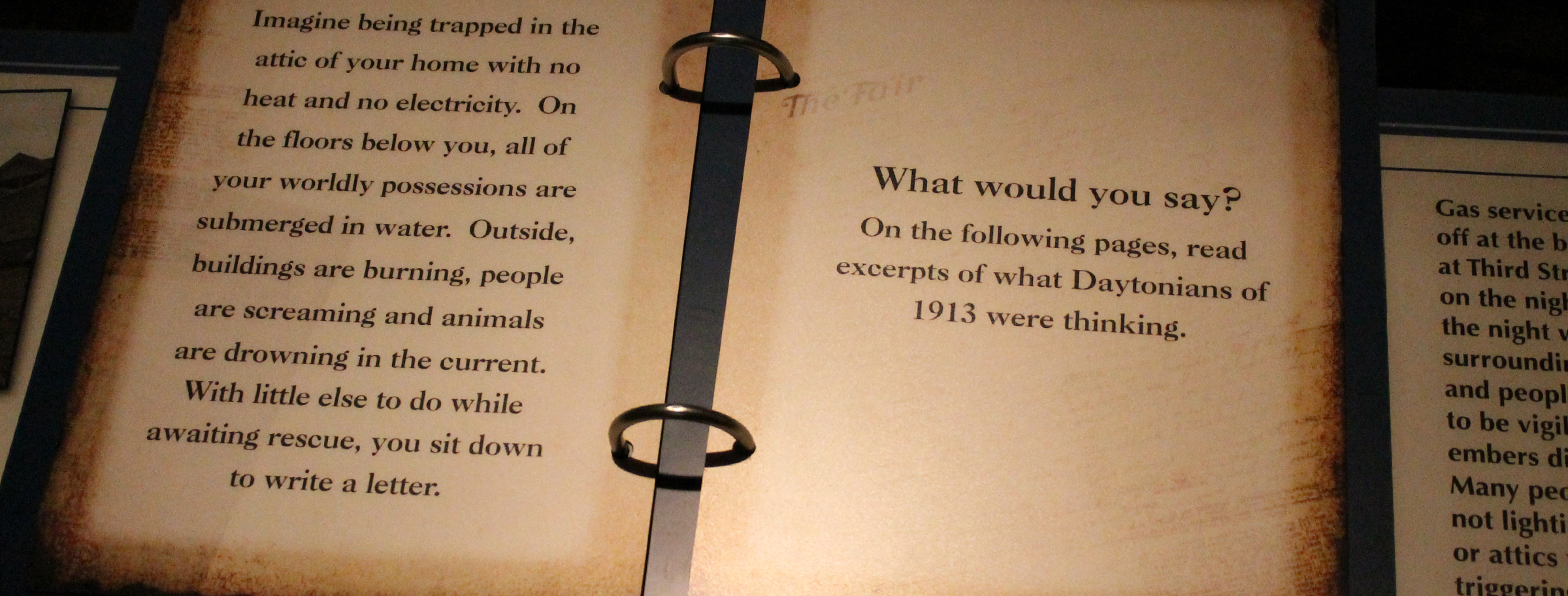The Great 1913 Flood Exhibit
The Great 1913 Flood was Ohio’s worst natural disaster; waters reached 20 feet in low-lying areas and rushed up to 25 miles-per-hour. Gas lines broke, fires roared across town, and the Great Miami River swelled to more than a mile wide on either side. While over 1,400 horses died, the region only accounted for 361 human casualties, largely due to NCR’s massive relief efforts.
The Great 1913 Flood Exhibit speaks to disaster, perseverance, and heroism. By bringing together numerous Flood-related artifacts, it tells the story of a grief-stricken city banding together to rise above adversity.
Nestled at the mouth of five waterways, Dayton had flooded many times in its history. But NCR Founder and President John H. Patterson could sense the 1913 Flood was much more serious. Before the levee broke, he began the organization of his NCR factory into a relief station and ordered his carpentry department to construct flat-bottomed john boats (over 200 were built). Over the ensuing days, thousands of refugees were given shelter, food, clothing, medical care, shoe shines, haircuts, and more. The NCR garage was turned into a temporary morgue. Aid stations were also set up at the University of Dayton and other locations throughout Dayton.
Carillon Historical Park founder Colonel Edward A. Deeds led the effort to create the Miami Conservancy District (MCD)—an intricate system of Miami Valley dams—and through his efforts, the project came to fruition. On May 25 and 26, 1913, the citizens of Dayton gathered outside the Old Court House, privately raising over $2 million to help build the MCD. Designed by civil engineer Arthur E. Morgan (who was also the first Tennessee Valley Authority chairman), the MCD has kept the Dayton region flood-free for over 100 years.






